If you’re thinking about using epoxy resin for a project, like a shiny table, a kitchen countertop, or even a fun art piece, you might be wondering: is epoxy resin heat resistant? The answer is yes, but only up to a point.
Most epoxy resin can handle everyday heat, like warm mugs or plates, but it isn’t safe for super-hot things like pans right out of the oven.
If you want to learn exactly how much heat epoxy resin can take and how to use it safely, keep reading!
What Does "Heat Resistant" Mean for Epoxy Resin?
When we say something is "heat resistant," we mean it can handle being exposed to heat without getting damaged.
For epoxy resin, heat resistance means the resin won’t melt, warp, or turn yellow when it gets warm. This is super important if you want your project to stay strong and look good, especially if it’s in a kitchen or somewhere else that gets hot.
Don’t forget: Knowing how much heat your epoxy resin can handle helps you use it safely and make your creations last longer!
How Heat Resistant Is Epoxy Resin? (Key Facts)
Many people want to know exactly how much heat epoxy resin can take. Here are the most important facts about epoxy resin’s heat resistance and how it compares to other materials.
Typical Heat Resistance Range
Most epoxy resins can handle temperatures between 120°F and 150°F (about 50°C to 65°C) once fully cured.
Some special high-temperature epoxies can take even more heat, up to 400°F (about 200°C) or higher. For most craft and DIY projects, you’ll want to keep things below 150°F to avoid trouble.
What Happens at Higher Temperatures?
If epoxy resin gets hotter than its heat limit, it can start to soften, become sticky, or even lose its shape. It might also turn yellow or develop bubbles. That’s why it’s important to know the heat resistance before placing hot items directly on your epoxy surface.
Epoxy Resin vs. Other Resins
Epoxy resin is usually more heat resistant than polyester or polyurethane resins, making it a better pick for surfaces that might get warm. Still, all resins have their limits, so always check the product’s instructions.
📌 Check out the difference between Epoxy Resin and UV Resin to see how epoxy compares to other types of resin!
What Happens When Epoxy Resin Gets Too Hot?
It’s important to know what can go wrong if your epoxy resin gets too hot. Understanding the signs of heat damage will help you protect your projects and fix small problems before they get worse.
Signs of Heat Damage
If your epoxy resin gets too hot, you might notice it turning yellow, developing bubbles, or even getting soft and bendy. Sometimes, it can even crack or peel away from the surface underneath.
Can You Fix Heat-Damaged Epoxy?
Minor heat damage, like surface yellowing or bubbles, can sometimes be sanded down and recoated. But if the resin is badly warped or melted, it may need to be removed and replaced.
📌 Discover the common epoxy resin problems and solutions if you’re dealing with heat damage or other issues!
Types of Epoxy Resin and Their Heat Resistance
There are different types of epoxy resin, and not all of them handle heat the same way. Here’s how to choose the right one for your project.
Standard Epoxy Resin
Regular epoxy resin is made for basic craft projects, art, and coating surfaces. It’s usually heat resistant up to 120°F to 150°F. This is fine for most uses, but not for super-hot items like pans straight from the oven.
High-Temperature Epoxy Resin
Some epoxy resins are specially made to handle high heat. These can resist much higher temperatures, sometimes over 400°F. These are best for kitchen counters, coasters, or anywhere you might put something really hot.
Best Uses for Heat Resistant Epoxy Resin
Heat resistant epoxy is perfect for countertops, tables, and other surfaces that might see hot dishes, mugs, or appliances.
Always check the product label to make sure it can handle the temperatures you need.
Is Epoxy Resin Heat Resistant Enough for Countertops and Tables?
If you’re thinking about using epoxy resin for your kitchen or dining table, you’re probably wondering if it’s tough enough for everyday use. Here’s what you need to know about using epoxy resin on countertops and tables.
Using Epoxy Resin on Kitchen Surfaces
Epoxy resin is a popular choice for countertops and tabletops because it looks shiny and protects the wood or material underneath. But remember, most standard epoxy resins aren’t meant to handle super high heat.
Can You Put Hot Pans or Mugs on Epoxy Resin?
You can safely put warm mugs and plates on most epoxy resin surfaces, but really hot pans or pots straight from the stove can leave marks or even melt the resin. Always use a trivet or hot pad to protect your epoxy surface.
📌Discover if epoxy resin is waterproof and learn more about how epoxy resin stands up to other challenges, like spills and stains!
How to Make Epoxy Resin More Heat Resistant
If you want your epoxy resin to handle more heat, there are a few things you can do. Here are some easy tips to make your projects even stronger.
Tips for Mixing and Curing
- Mix carefully: Follow the instructions exactly for the right ratio of resin and hardener.
- Cure completely: Let the epoxy resin cure for the full recommended time. This makes it stronger and more heat resistant.
- Avoid shortcuts: Don’t try to speed up the process with extra heat, as this can weaken the resin.
Additives and Topcoats
Some people add special heat-resistant topcoats or choose epoxy formulas made for high heat. These can help protect your surface from damage.
Choosing the Right Epoxy Resin
If you know your project will get hot, pick a high-temperature epoxy resin. Always read the label to see what temperature it can handle.
📌 Don’t forget to read this article about the Best UV Resistant Epoxy Resin to get even more protection from sun and heat!
Taking Care of Your Heat Resistant Epoxy Resin
Caring for your epoxy resin projects helps them last longer and look their best. Here are some simple ways to keep your heat resistant epoxy surfaces in top shape.
Cleaning and Protecting Epoxy Surfaces
- Use gentle cleaners: Avoid harsh chemicals that can damage the resin.
- Wipe up spills quickly: This helps keep the surface looking shiny and new.
- Protect from heat: Always use trivets or pads for hot items.
Storing Epoxy Resin Safely
Keep unused epoxy resin in a cool, dry place, away from direct sunlight and heat sources. This helps it last longer and work better when you need it.
Common Mistakes to Avoid
- Don’t place super-hot items directly on epoxy resin.
- Don’t use abrasive scrubbers that can scratch the surface.
- Don’t rush the curing process. Patience pays off!
Conclusion
Epoxy resin is heat resistant to a certain degree, but it’s not completely heat proof. Standard epoxy resin can handle warm items like coffee mugs and plates, but really hot pans or pots can cause damage.
If you need extra protection, look for high-temperature epoxy resin and always use trivets or pads for hot items.
For more helpful guides, tips, and tricks about working with epoxy resin, check out Resiners.
And if you’re ready to start your next project, don’t forget to shop epoxy resin kits and supplies at Resiners for everything you need!
Frequently Asked Questions
At what temperature does epoxy resin melt?
Epoxy resin doesn’t exactly "melt" like ice, but it can start to soften and lose its shape at temperatures above 150°F (65°C) for standard types. High-temperature epoxy resins can handle more heat, sometimes up to 400°F (200°C), before showing signs of damage. Always check the product’s instructions for its specific heat limit. Using the right epoxy for your project will help prevent softening and warping.
What happens if epoxy resin gets too hot?
If epoxy resin gets too hot, it may become soft, sticky, or even start to warp and bubble. You might also notice yellowing or a loss of shine. In extreme cases, the resin can crack or peel off the surface. It’s best to avoid exposing epoxy to temperatures above its rated limit to keep it looking and working its best.
Can you put hot pans on epoxy?
It’s not a good idea to put hot pans or pots straight from the stove or oven onto epoxy resin surfaces. The high heat can damage the resin, causing it to soften, discolor, or even melt. Always use a trivet or hot pad to protect your epoxy countertop or table. This will help your epoxy surface last longer and stay beautiful.
What is the thermal resistance of epoxy resin?
The thermal resistance of epoxy resin depends on the type you use. Standard epoxy resin usually resists heat up to about 120°F to 150°F (50°C to 65°C), while special high-temperature formulas can handle much higher temperatures. Always check the product label to find out its exact thermal resistance. Picking the right resin for your needs will help you avoid heat-related problems.


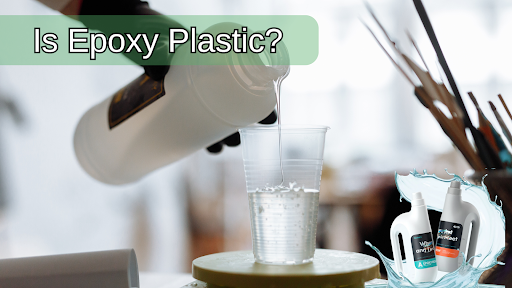



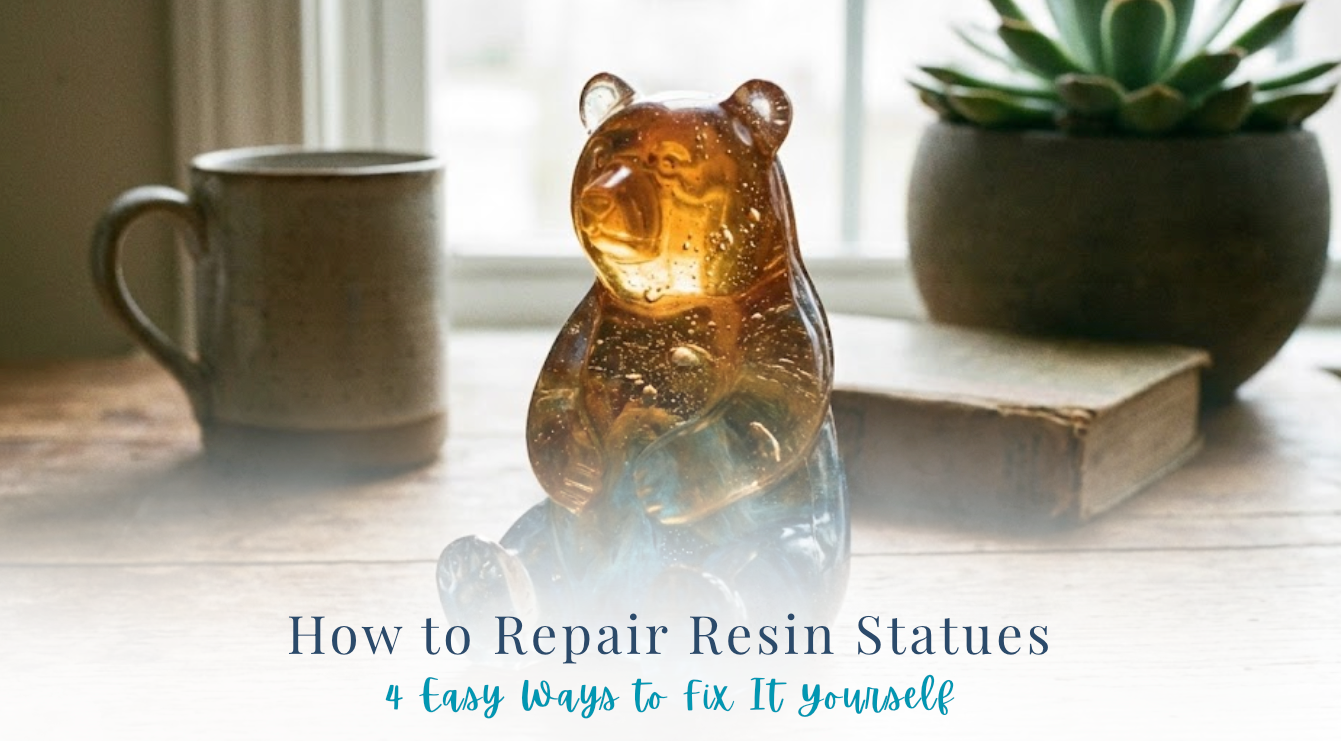

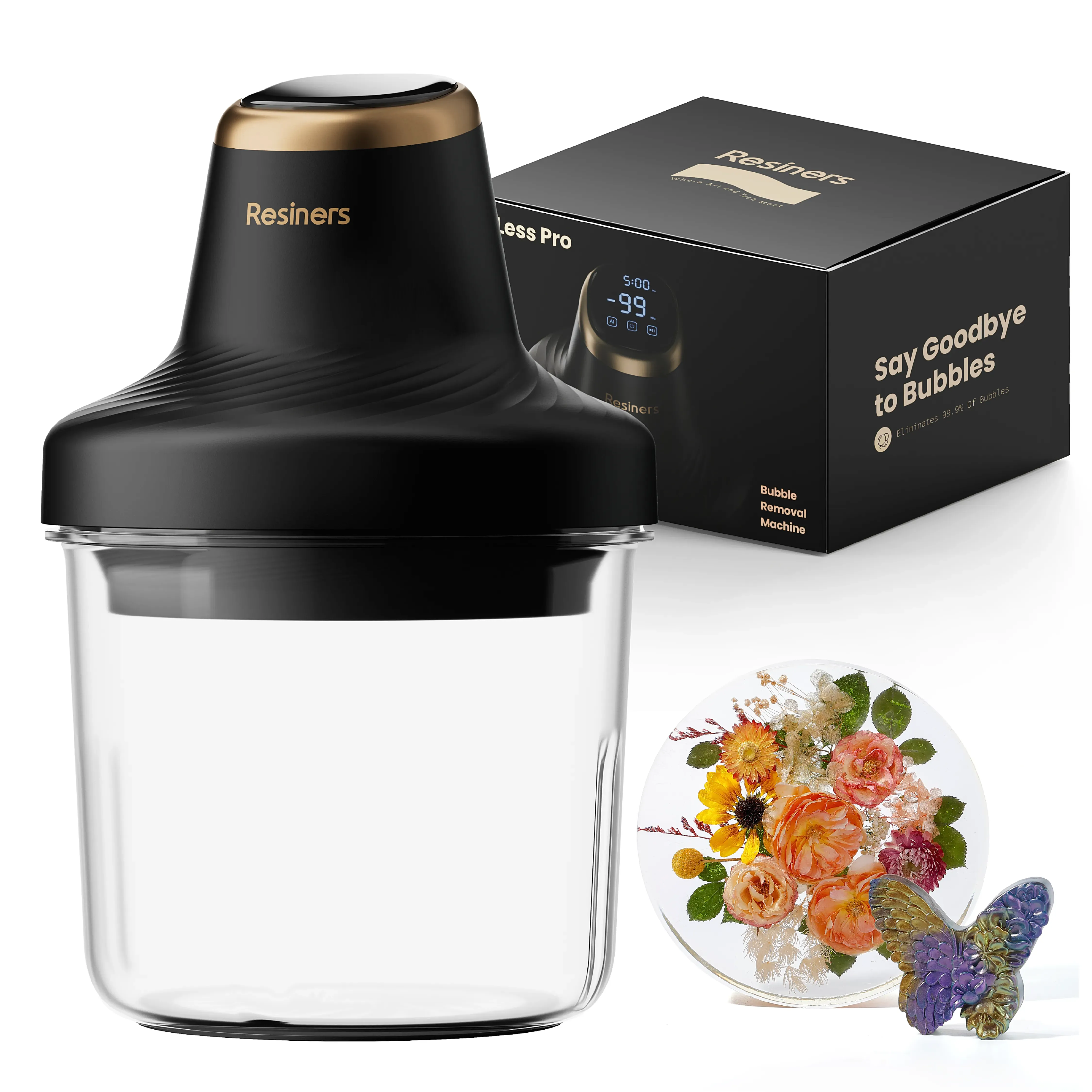
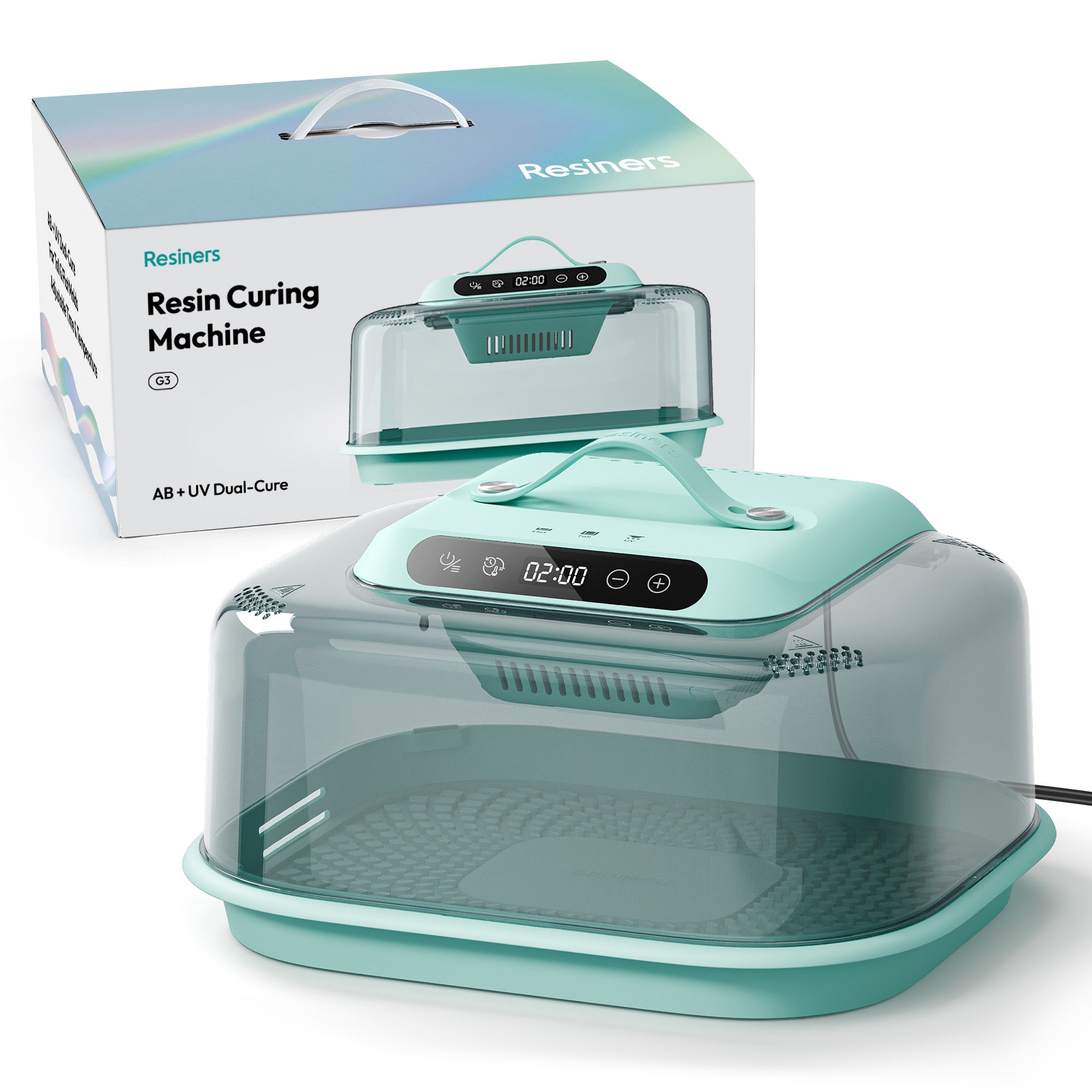


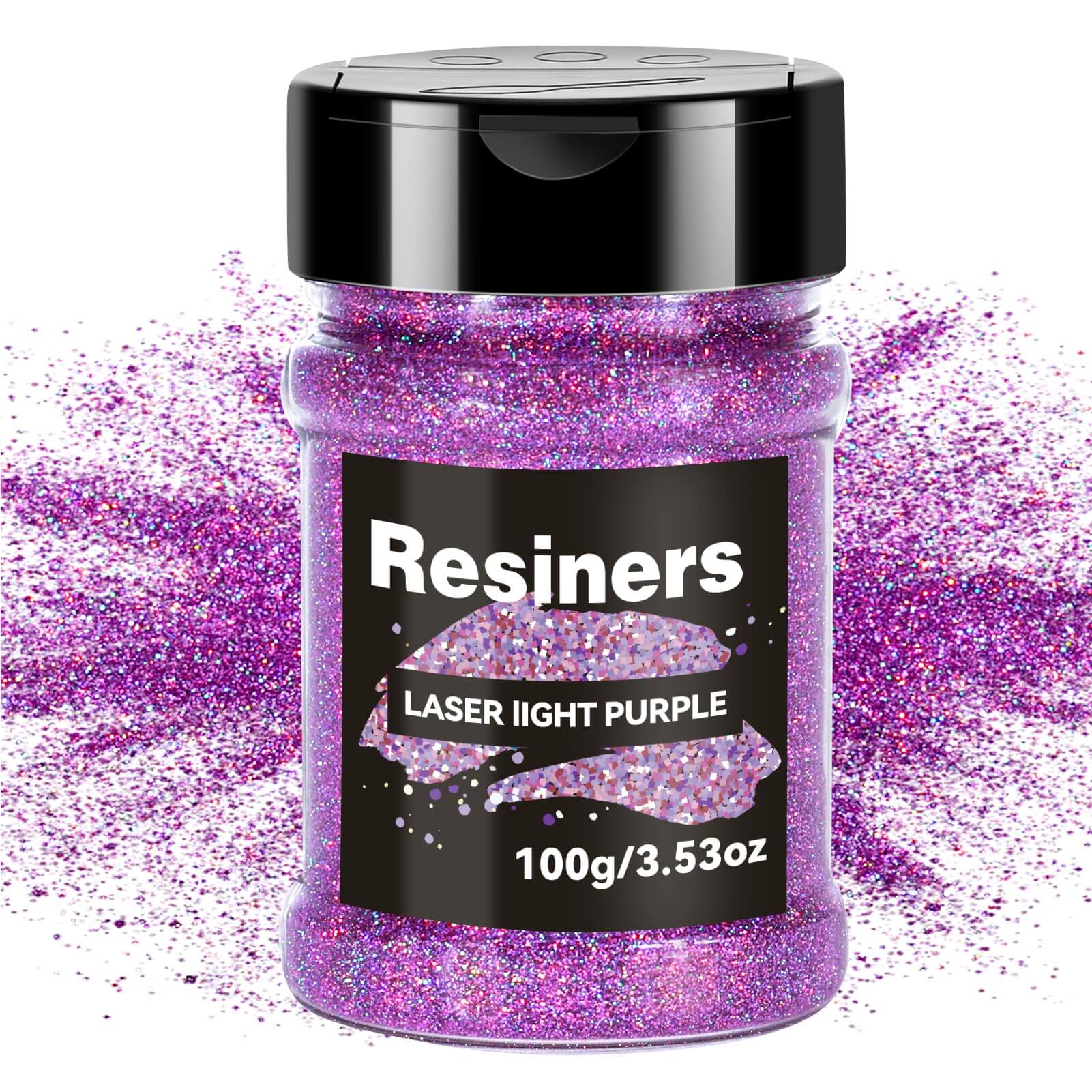
Leave a comment
This site is protected by hCaptcha and the hCaptcha Privacy Policy and Terms of Service apply.